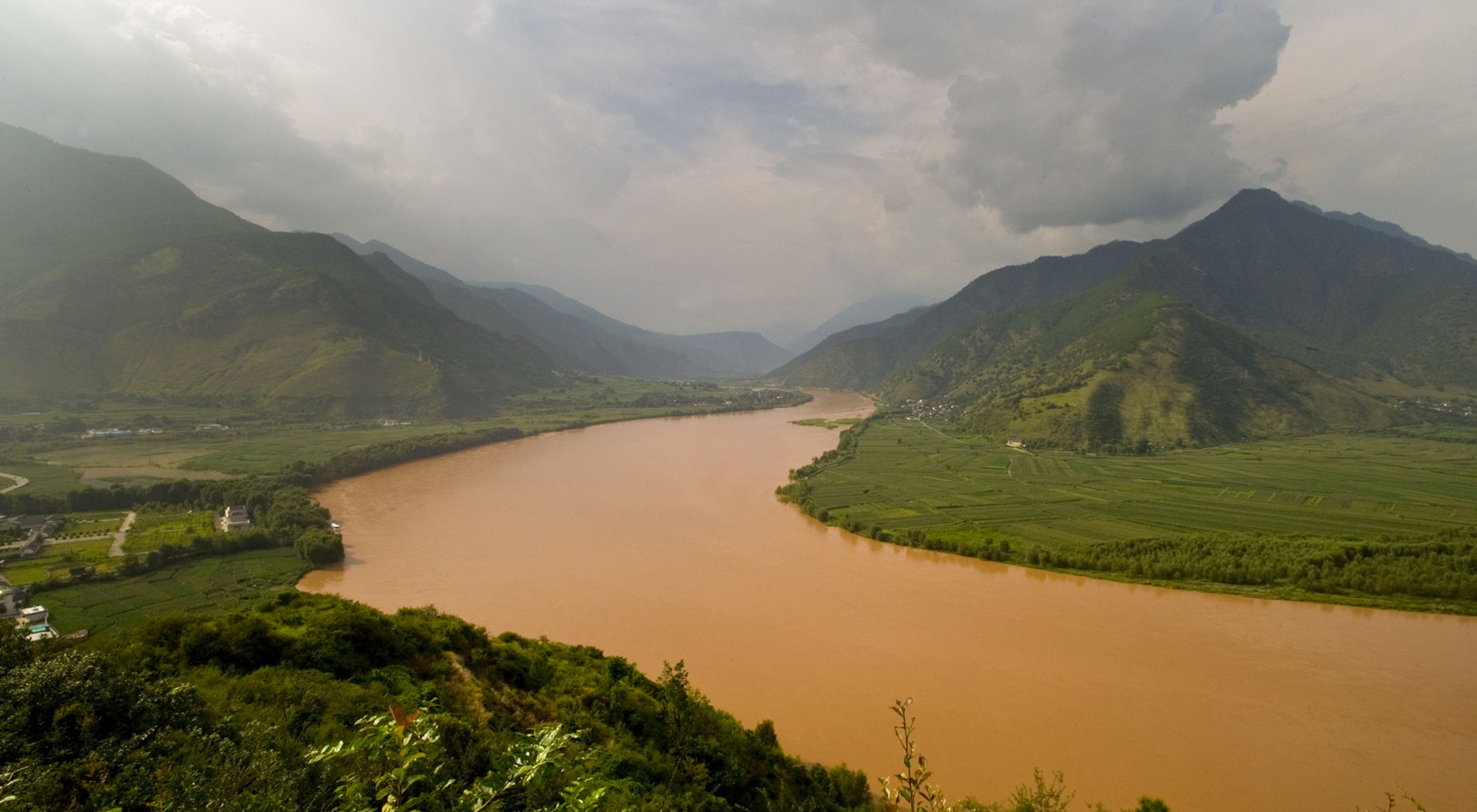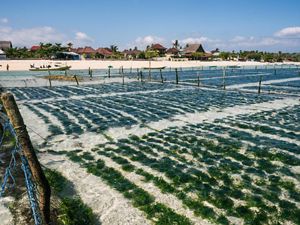The Yangtze River is Asia’s longest waterway and plays a decisive role in China’s social and economic development. Spanning 11 provinces, its enormous basin provides over one-third of all the nation’s water resources, generates 40 percent of China’s GDP and produces food that two-thirds of the country’s nearly 1.4 billion people rely on. But development in the Yangtze basin comes at a steep cost: 40 percent of China’s wastewater is dumped into the river, threatening biodiversity and freshwater supply. In addition, hydropower can negatively affect fish and wildlife as well as degrade water quality by altering sediment patterns.
To advance our river work, TNC China established the Center for Sustainable Hydropower in Beijing to forge more balanced solutions between energy development and the conservation of healthy, productive rivers. The Center provides a platform for scientists and conservationists to engage directly with decision-makers—including government agencies, major companies and financial institutions—to influence how and where dams are built. Of primary importance is engaging the Chinese hydropower sector, which accounts for more than half of all new global dam construction.
As the Chinese government’s policy in the river basin moves away from economic development towards an emphasis on environmental protection, TNC has the opportunity to continue our long and trusted partnership with the government and private sector to improve the implementation of national policy intended to restore the ecological health of the Yangtze River and help mitigate the impacts of future growth in the Basin.
Over the next five years, we will work closely with partners—including local communities, national and municipal governments, companies, universities, NGOs and other institutions—to introduce and localize international best practices and to develop a healthy river pilot case in the highly populated river basin, the Chishuihe a major tributary of the upper Yangtze, demonstrating the way to balance the needs of both development and conservation on rivers. By 2022, our goal is to measurably improve river ecosystem health for at least 500 kilometers of key tributaries in the Yangtze Basin.
Join Our Work for Nature
Help us protect the lands and waters on which all life depends in China and beyond.




